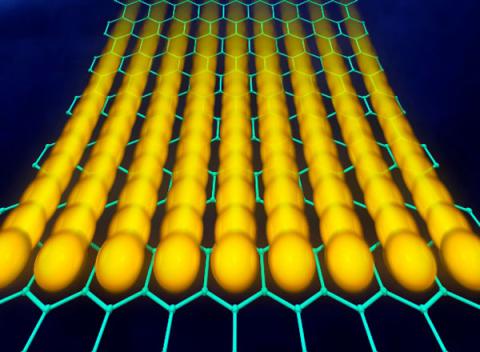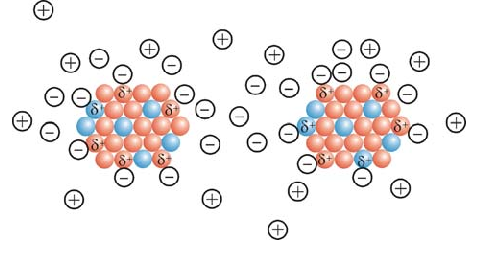Electrical properties in electron-plasmonic nanostructures (Electric as properties)
Researcher and author: Dr. ( Afshin Rashid)
Note: Nanostructures can be defined as materials that have at least one external dimension with a size of 1 to 100 nanometers. And particle size At least half of the particles in the number size distribution must be 100 nm or less. Nanostructures can occur naturally, as by-products of combustion reactions, or can be purposefully engineered to perform a specific function. These materials can have different physical and chemical properties than their bulk prototypes.
Nanostructures are used in response to the application of electrical voltage to bend in combination. The use of nanostructures is common in a wide range of industries and consumer products. In nanoscience, the structure of a substance determines the relationship between the atoms, ions, and molecules that make it up. To understand the structure of materials, one must first understand the type of bonds between atoms and ions . Chemical bonds determine how bonds between atoms and ions are made. Therefore, differences in the type of connections can be seen in the properties of these links.
Nanostructures Nano structure The electronic properties of two regions are "protected" differently by a special method, the so-called topology, and thus, a very strong new quantum state is created in the transition region. This local electron quantum state could now be used as a primary property for the production of special semiconductors, metals, or insulators - and possibly even as a feature in nanoelectronics. The shapes and sizes of nanostructures are naturally determined by their composition and formation conditions. The properties of nanostructures, in turn, determine the originality of the properties of nanostructures and the possible contexts of their operation . The range of 1 to 1000nm is introduced as the range of nanostructures, an important feature of nanostructures is the control of the organization's own processes.The range of change in nanostructure activity depends on the nature and shape of the nanostructure. However , if the nanoparticle field energy is comparable to the electromagnetic radiation energy, and if within a certain wavelength range chemical reactions occur in the irradiated material, the activity of the nanoparticles will be significant up to 100 nm.
Conclusion :
Nanostructures can be defined as materials that have at least one external dimension of 1 to 100 nanometers in size. And particle size At least half of the particles in the number size distribution must be 100 nm or less. Nanostructures can occur naturally, as by-products of combustion reactions, or can be purposefully engineered to perform a specific function. These materials can have different physical and chemical properties than their bulk prototypes.
Researcher and author: Dr. ( Afshin Rashid)
PhD in Nano-Microelectronics





